Optimal Timing for Drain Field Replacement
Drain field replacements are critical for maintaining proper septic system function. Timing depends on soil conditions, weather, and system usage. Proper scheduling ensures minimal disruption and optimal system performance.
Dry soil conditions facilitate easier installation and better absorption. Replacements during dry periods reduce complications.
Avoid periods of heavy rain or freezing temperatures to prevent soil instability and frost-related issues.
Scheduling during low usage periods minimizes strain on the system, allowing for efficient replacement.
Replacing drain fields during routine maintenance windows ensures timely upgrades and reduces long-term costs.
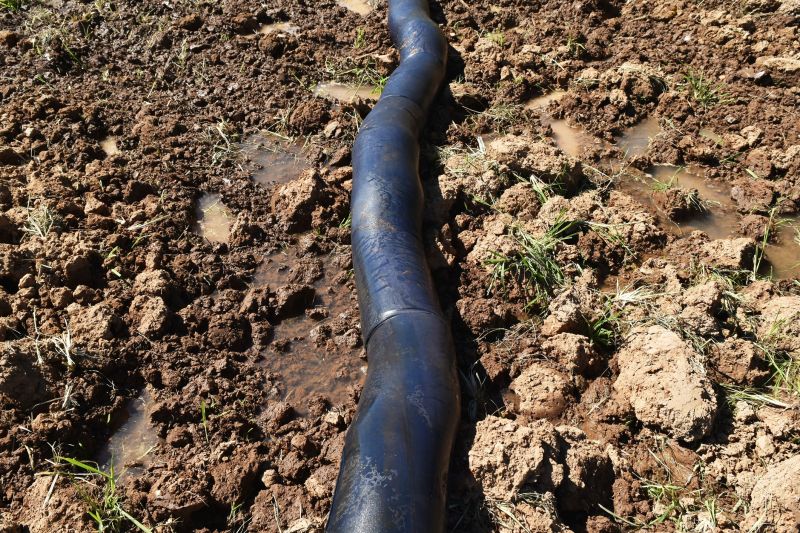
Spring offers favorable soil conditions for drain field replacements.
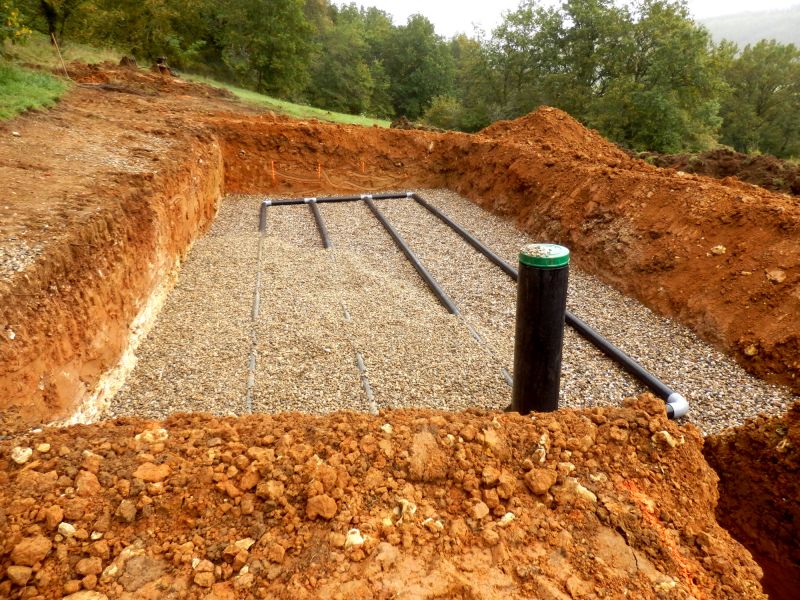
Autumn provides cooler weather and drier soil, ideal for installation.
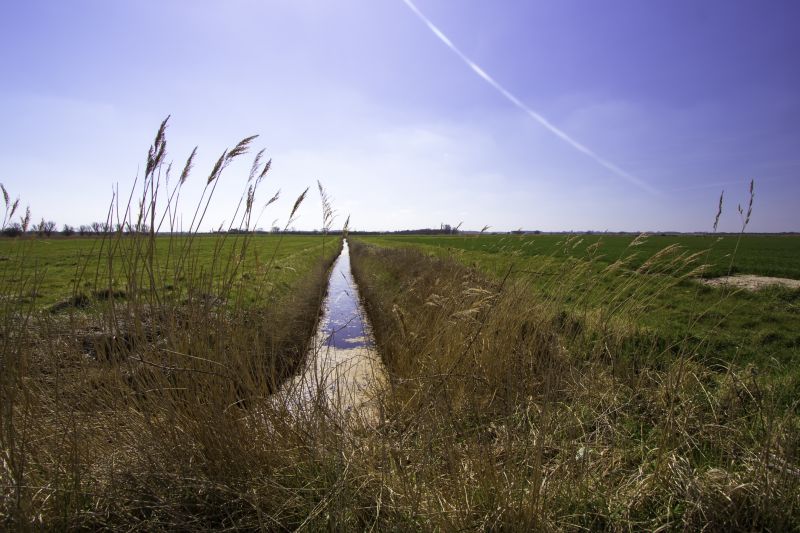
Summer may pose challenges with high soil moisture; scheduling during early or late summer is preferable.

Ways to make Drain Field Replacements work in tight or awkward layouts.
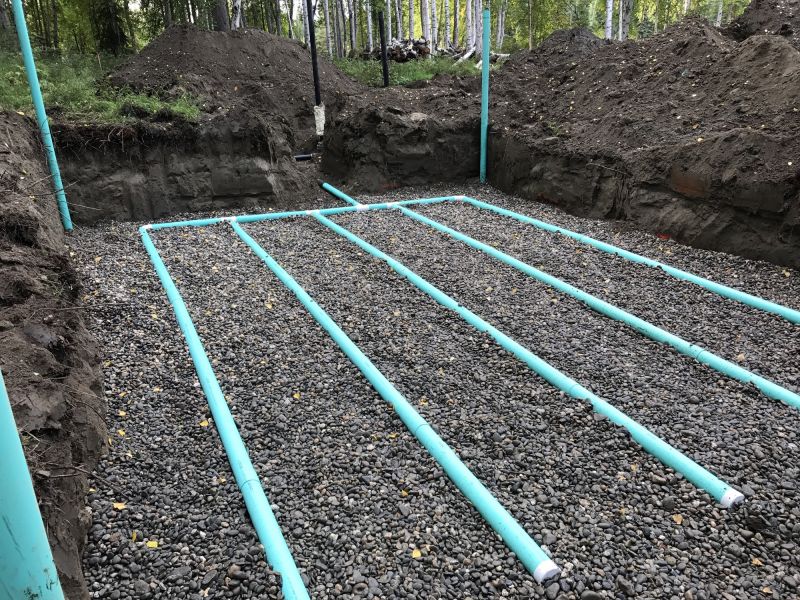
Popular materials for Drain Field Replacements and why they hold up over time.
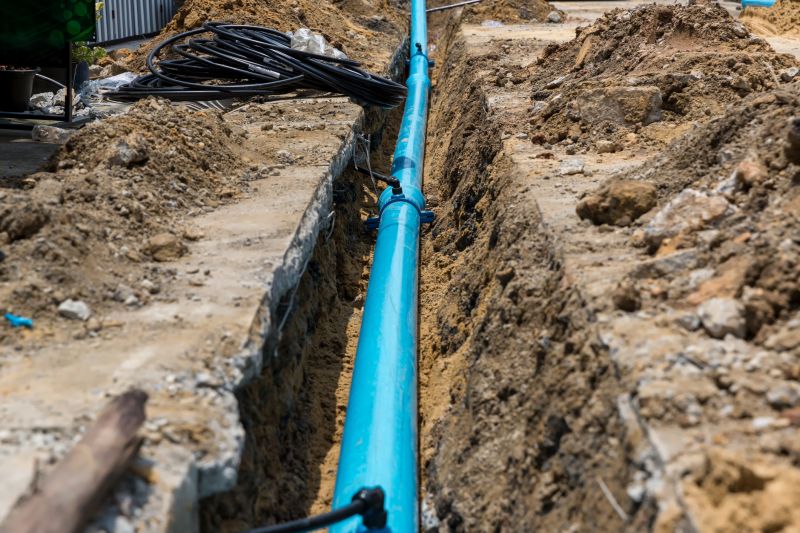
Simple add-ons that improve Drain Field Replacements without blowing the budget.

High-end options that actually feel worth it for Drain Field Replacements.

Finishes and colors that play nicely with Drain Field Replacements.
| Season | Best Conditions |
|---|---|
| Spring | Soil is moist but not saturated; weather is mild. |
| Summer | Drier soil; avoid peak heat and heavy rain. |
| Autumn | Cooler temperatures; soil remains dry. |
| Winter | Frost can hinder installation; generally not recommended. |
Drain field replacements involve removing and installing a new absorption area for septic systems. The process includes excavation, soil preparation, and proper placement of drain pipes. Proper timing ensures the soil is adequately dry and stable, reducing the risk of problems during and after installation. Statistics indicate that scheduling replacements during favorable weather conditions can decrease installation time by up to 30%, and reduce the likelihood of soil-related issues.
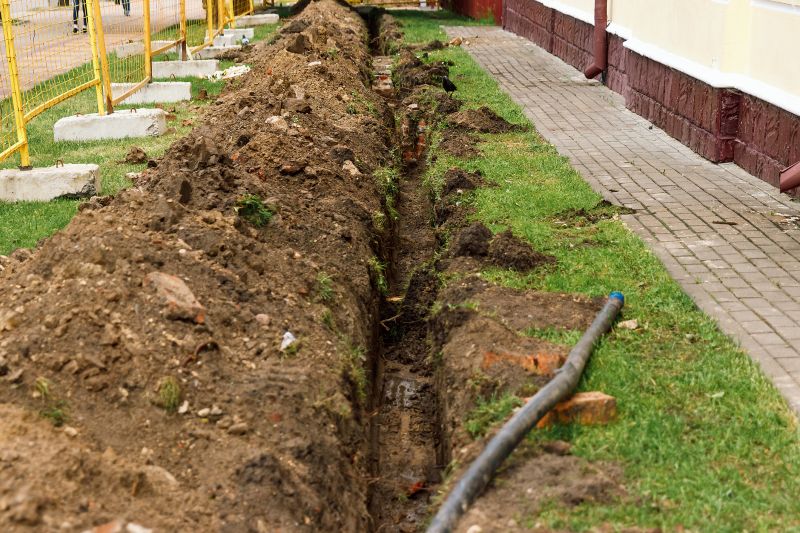
Excavation is easier during dry, mild weather.
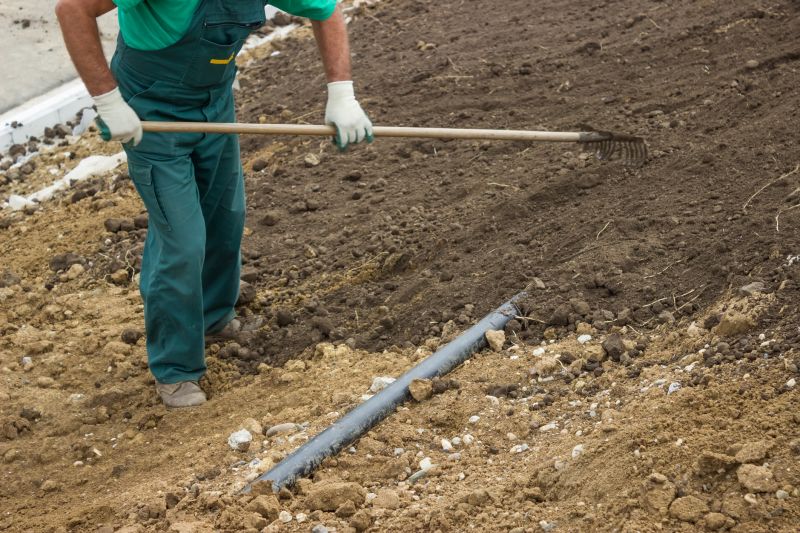
Proper soil prep is essential for longevity and performance.

Timing influences ease of pipe placement and soil stability.
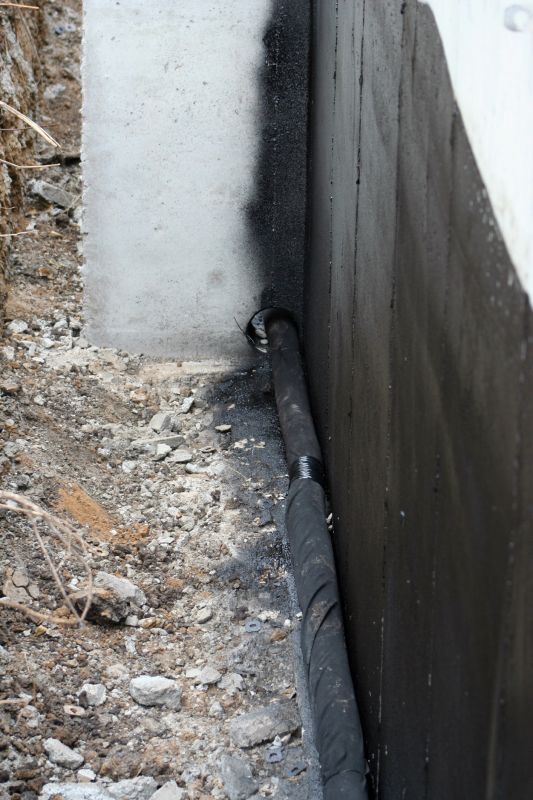
Properly timed replacement results in a durable system.

Little measurements that prevent headaches on Drain Field Replacements day.
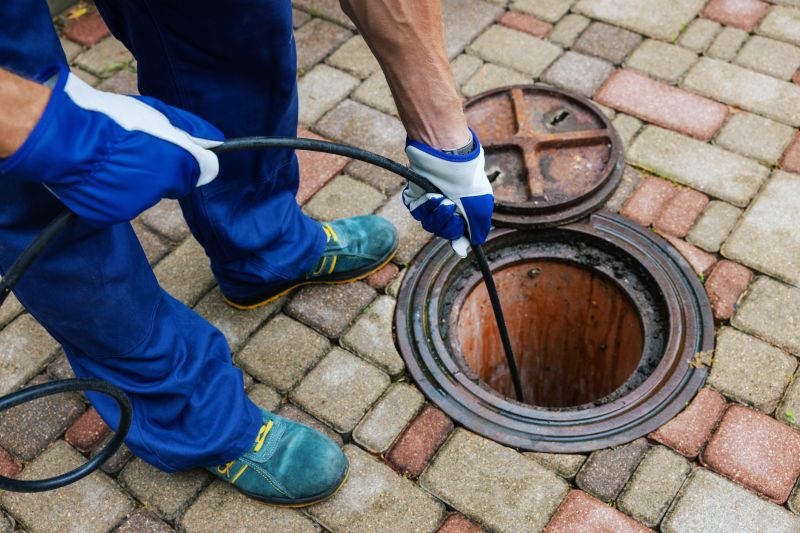
A 60-second routine that keeps Drain Field Replacements looking new.
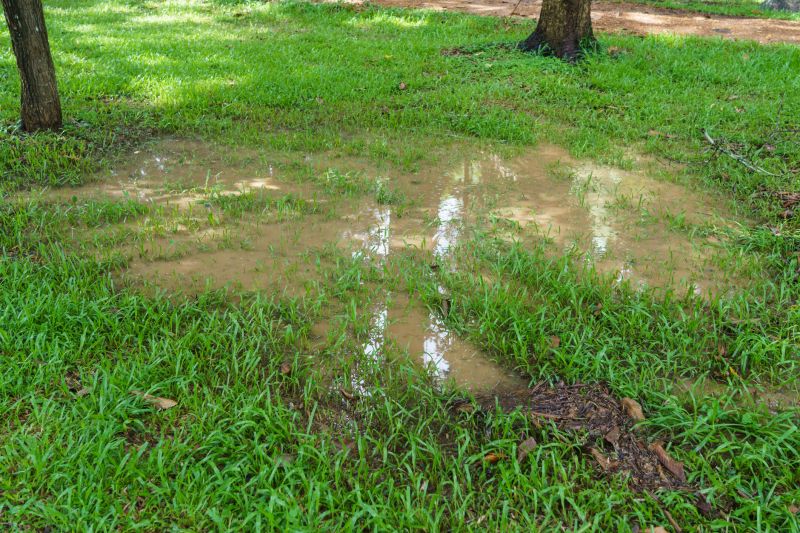
A frequent mistake in Drain Field Replacements and how to dodge it.

Small tweaks to make Drain Field Replacements safer and easier to use.
Selecting the optimal time for drain field replacement can significantly impact the project's success. Avoiding periods of excessive moisture or extreme cold minimizes complications. Proper planning and scheduling during suitable seasons contribute to the longevity and efficiency of the septic system.
Individuals considering drain field replacement should consult with professionals to determine the best timing based on local climate and soil conditions. Early planning can help coordinate with weather forecasts and avoid delays, ensuring a smooth installation process.
For those interested in scheduling a drain field replacement or seeking further information, filling out a contact form is recommended to receive tailored advice and scheduling options.
